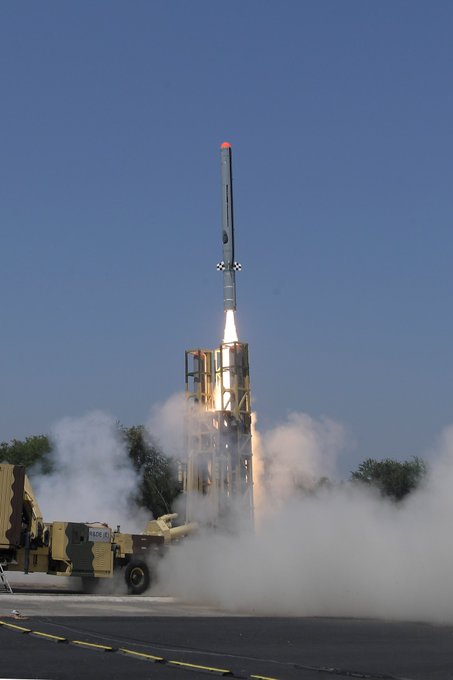SOURCE: AFI

India’s planned establishment of a dedicated “Rocket Force” (IRF) is a significant development with far-reaching implications for regional security. While ballistic missiles will undoubtedly play a central role, sub-sonic cruise missiles (SCMs) are poised to become another critical pillar of this new force.
Unlike ballistic missiles with high-arcing trajectories, SCMs skim the Earth’s surface, making them difficult to detect and intercept.
SCMs can deliver high-explosive or specialized warheads with pinpoint accuracy against well-defined targets. Compared to aircraft-launched missiles, SCMs offer greater standoff range, allowing for safer launch locations beyond enemy air defenses.
SCMs can be launched from various platforms, including land, sea, and potentially even air in the future, providing the IRF with a versatile strike capability.
The IRF is envisioned as a joint force, integrating assets from the Army, Navy, and Air Force.
While ballistic missiles will remain a potent deterrent, SCMs offer a valuable complement. Their versatility, precision, and ability to overwhelm enemy air defenses make them a crucial tool for the IRF in deterring and defeating potential adversaries.
The development and deployment of the IRF, along with its growing inventory of SCMs, signifies India’s commitment to strengthening its deterrence capabilities. As the IRF matures, the strategic integration of SCMs will be a key factor in ensuring its effectiveness and maintaining regional stability.